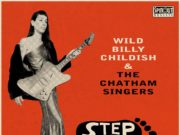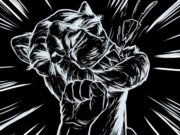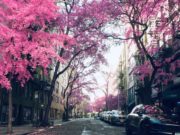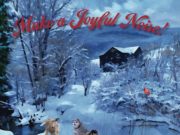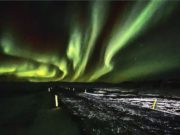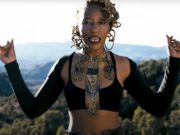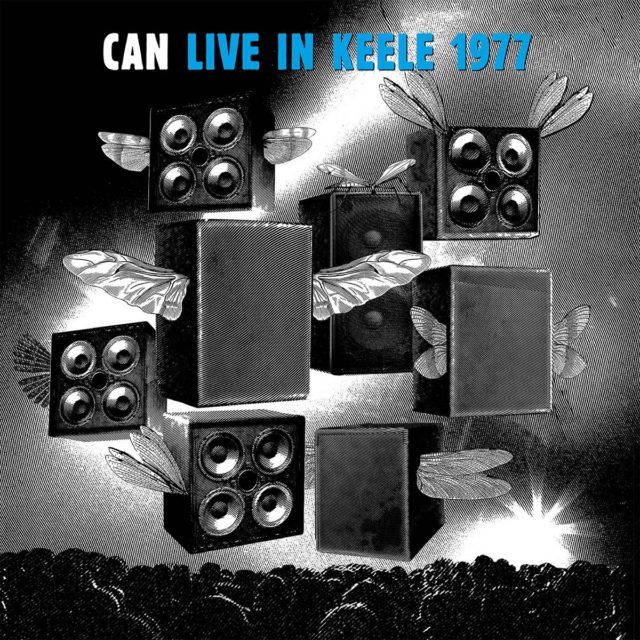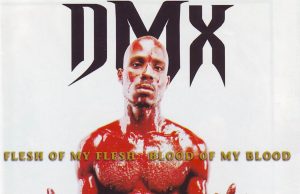THE EDITED PRESS RELEASE: “Live in Keele 1977 is a dynamic document of late-period Can. Recorded in March 1977, the core lineup of Irmin Schmidt, Jaki Liebezeit, Michael Karoli and Holger Czukay are augmented by the addition of Rosko Gee (Traffic) on bass. Gee’s then-recent addition to the lineup meant that Czukay was freed up from bass duties to perform “waveform radio and spec. sounds,” manifesting here as otherworldly sounds, samples and what one reviewer of a later show described as “moontalk to a white continental telephone.”
Founded in the late ’60s and disbanded just over a decade later, Can’s unprecedented and bold marriage of hypnotic grooves and avant-garde instrumental textures has made them one of the most important and innovative bands of all time. But 1977 was a difficult period for Can. Their recently released eighth studio album Saw Delight had been badly received and although posterity has been kinder to the album, the reviews on release were savage.
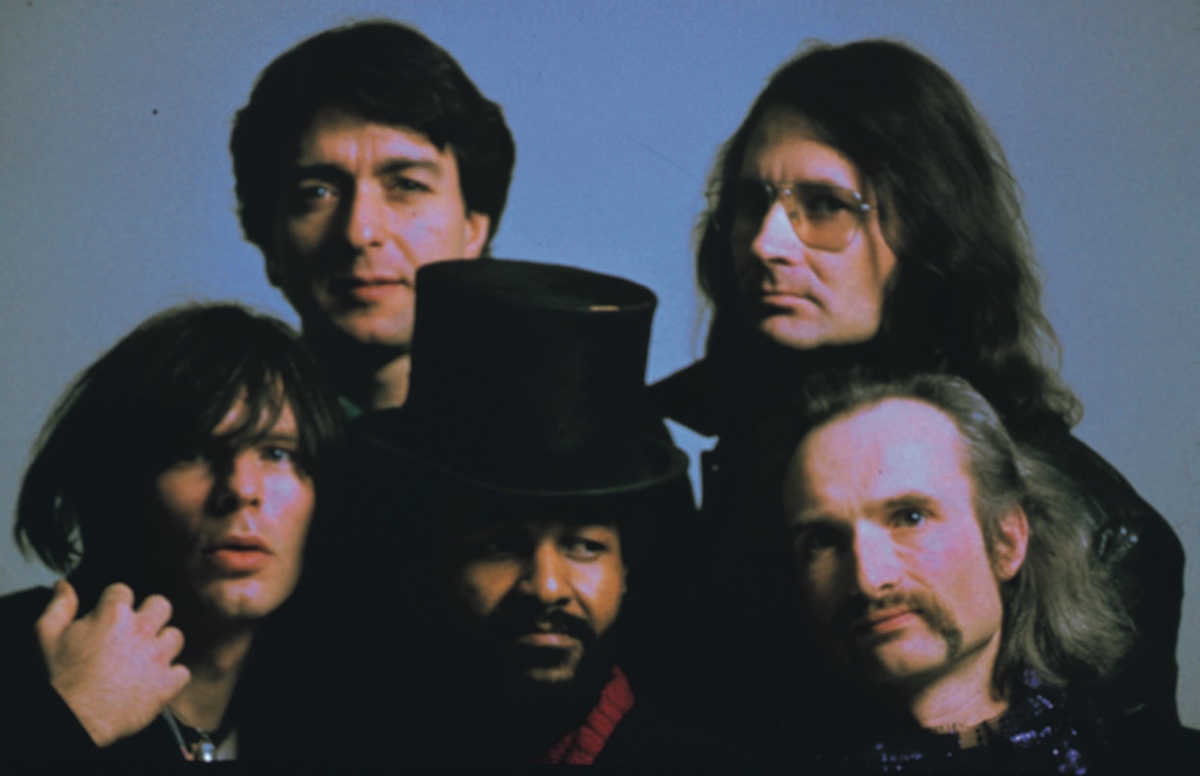
Journalist, broadcaster and author Jennifer Lucy Allan’s meticulous research of the time, place and context of the Keele performance led her to declare in the liner notes that the album was “on paper, unremarkable. In practice, a precious hunk of sonic material.” She goes on to remind us: “The heads know — forums and published books alike agree — that ’76-’77 is the best of the Can live years (Keele included). A couple of the tracks from this show have been included on fan-made ‘best-of’ live bootlegs over the years. And wow, are they right.”
The is the final release in the acclaimed series of Can live documents that launched with Live in Stuttgart 1975, followed by Live in Cuxhaven 1976, Live in Brighton 1975, Live in Paris 1973 (the first of the series to feature the late Damo Suzuki), and Live in Aston 1977. This collection of albums recorded throughout Europe from ’73-’77, reveal a totally different perspective to the group. Through the series, you may hear familiar themes, riffs and motifs popping up and rippling through the jams, but they are often only fleeting glimpses of familiar faces in a swirling crowd. At other points, you will hear music that didn’t make it onto the official album canon.
In these recordings Can go to even more extreme ranges than with their studio work: From mellow, ambient drift-rock to the white-dwarf sonic-meltdown moments they used to nickname ‘Godzillas.’ Even as they adapt and chase the rhythm from minute to minute, you can hear the extraordinary musical telepathy its members shared.”


